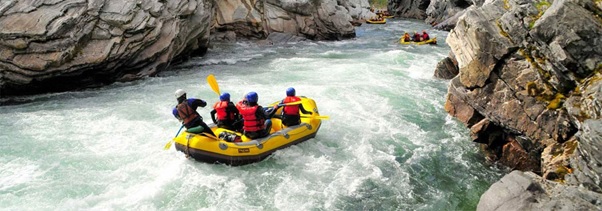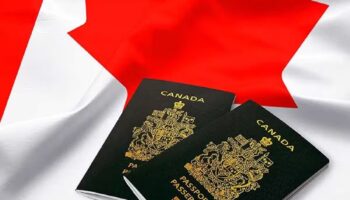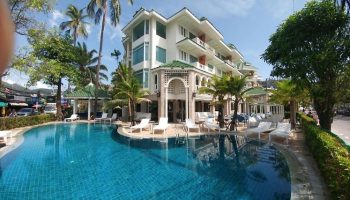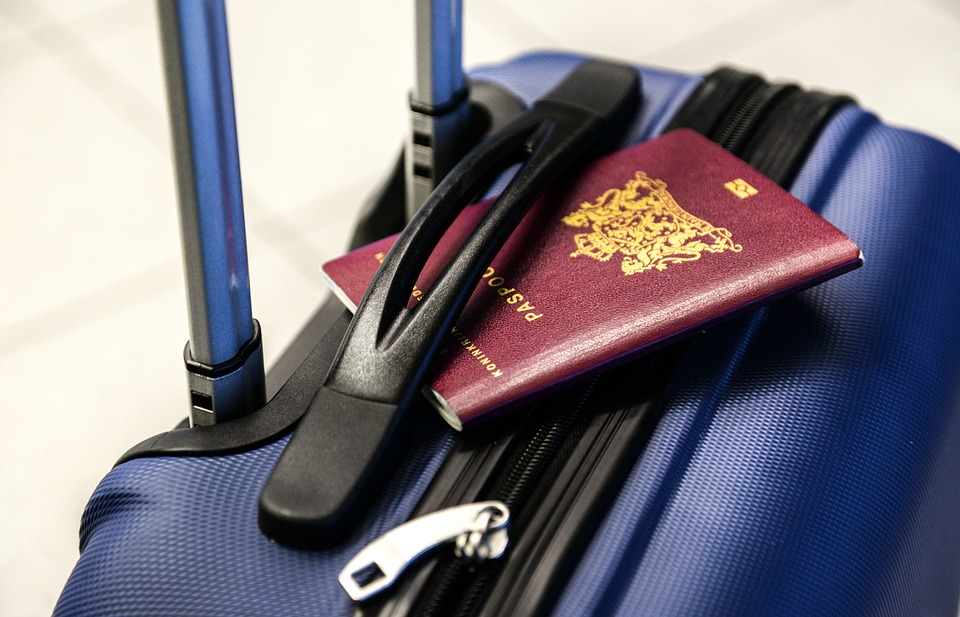Idaho is full of mountains, forests, lakes, canyons, and rivers. It’s a land of rugged beauty and adventure. This wildness and unspoiled nature provides those who venture into it the opportunity to tackle an experience of a lifetime. Whether it’s cresting a peak, tracking through a wilderness, camping, boating, or kayaking, there lots to do. But no trip to Idaho is complete without sampling the thrill of whitewater.
Idaho Whitewater Rafting
Idaho’s mountainous interior crisscrossed with rivers is a prime spot to find whitewater perfect for rafting. The Salmon, Snake, and Payette rivers are the best-known spots, but wherever you go in Idaho there’s opportunities to experience the fun of traversing a foaming river on a raft. As long as you’re outfitted with the right gear and take an experienced guide with you, you’ll be able to raft at lots of places anywhere in the state. Idaho is great for whitewater rafting because it is full of rivers featuring all types of rapids, offering beginner, intermediate, and experienced rafters the opportunity to taste adventure. With the right planning, equipment, and local knowledge, a rafting excursion can be a fun and safe adventure for the whole family.
Classes of Rapids
A good place to start when planning a trip on rapids is to get familiar with how whitewater rapids are classification. Here’s a brief guide to what’s what:
- Class I rapids are the easiest, created when water flows over a few, submerged obstacles
- Class II rapids are harder, and have visible obstructions to avoid
- Class III rapids are even trickier, with stronger waves, splashes, and bigger obstacles. You’ll need to maintain control of your raft to get it through them safely
- Class IV rapids have even more turbulent waters, deeper holes, and narrower chutes requiring more skill and experience
- Class V rapids are for experts only. These violent and unpredictable rapids pose significant dangers
- Class VI rapids are generally considered impassable
The Cabarton Run
On the North Fork of the Payette River, there’s an 11-mile stretch known as the Cabarton Run. It’s a prime location for the kind of whitewater that makes for a great rafting experience. There’ll be thrills, splashes, lots of maneuvering, and plenty of adrenaline. The Cabarton Run is also an ideal rafting course for providing a challenging whitewater experience while at the same time has perfect conditions to allow large groups of rafters to traverse the rapids in a day’s outing.
The Cabarton Rundown
Despite being a great place to get a taste of the adrenaline and technique involved in rafting, the Cabarton Run is a great place for beginnings to get introduced into a team of rafters. The gentle beginning stretches, succession of whitewater challenges with room to breathe in between, and Class I, II, and III rapids mean this is a great spot for rafters of all experience levels. But it’s important to have the right equipment and knowledgeable guides on hand to make sure everyone is well prepared for the experience.
Once you’re raft dips into the waters of the Payette River at the beginning of the Cabarton Run, here’s a rundown of what you’ll experience:
- The opening stretch of the river is wide and calm, perfect for a final debrief, paddling tips, or equipment adjustment
- Then the river narrows, turns to the left, and the real fun begins with some Class II drops
- After this opening salvo, there’s time to relax and recuperate on a relaxing stretch of river that’s a perfect place for spotting wildlife such as eagles and ospreys
- Once you spot railroad tracks flanking the right-hand side of the river, prepare yourself to enter the Trestle Rapids
- The Trestle Rapids begins with a bang and a Class III drop, before a succession of Class II drops follow
- You’ll then pass under the namesake railroad trestle and hit another Class III drop
- After the Trestle Rapids, you’ll have another chance to catch your breath as the rafts pass through some shallow riffles and calmer water
- It all begins again as the river bends left into Wet Spot, a Class III rapid known for giving everyone in the expedition a good soaking
- Next, keep your eyes peeled to catch an exhilarating wave of whitewater known as Cocaine
- After this, make sure you’re raft stays in the middle of the river to the avoid rocky outcroppings that follow
- Then you’ll pass under Rainbow Bridge, and immediately hit another series of Class II rapids
- The notch gets turned up when you reach Francois Rapids soon after, rated a Class III+, that promises to get your blood pumping
- Once you’ve made it this far, all that’s left is an explosive finale of more Class III+ rapids known as Howards’ Plunge
- After this, all you’ll have left is a gentle stretch of water leading down to the takeout point just past Smith’s Ferry Bridge





